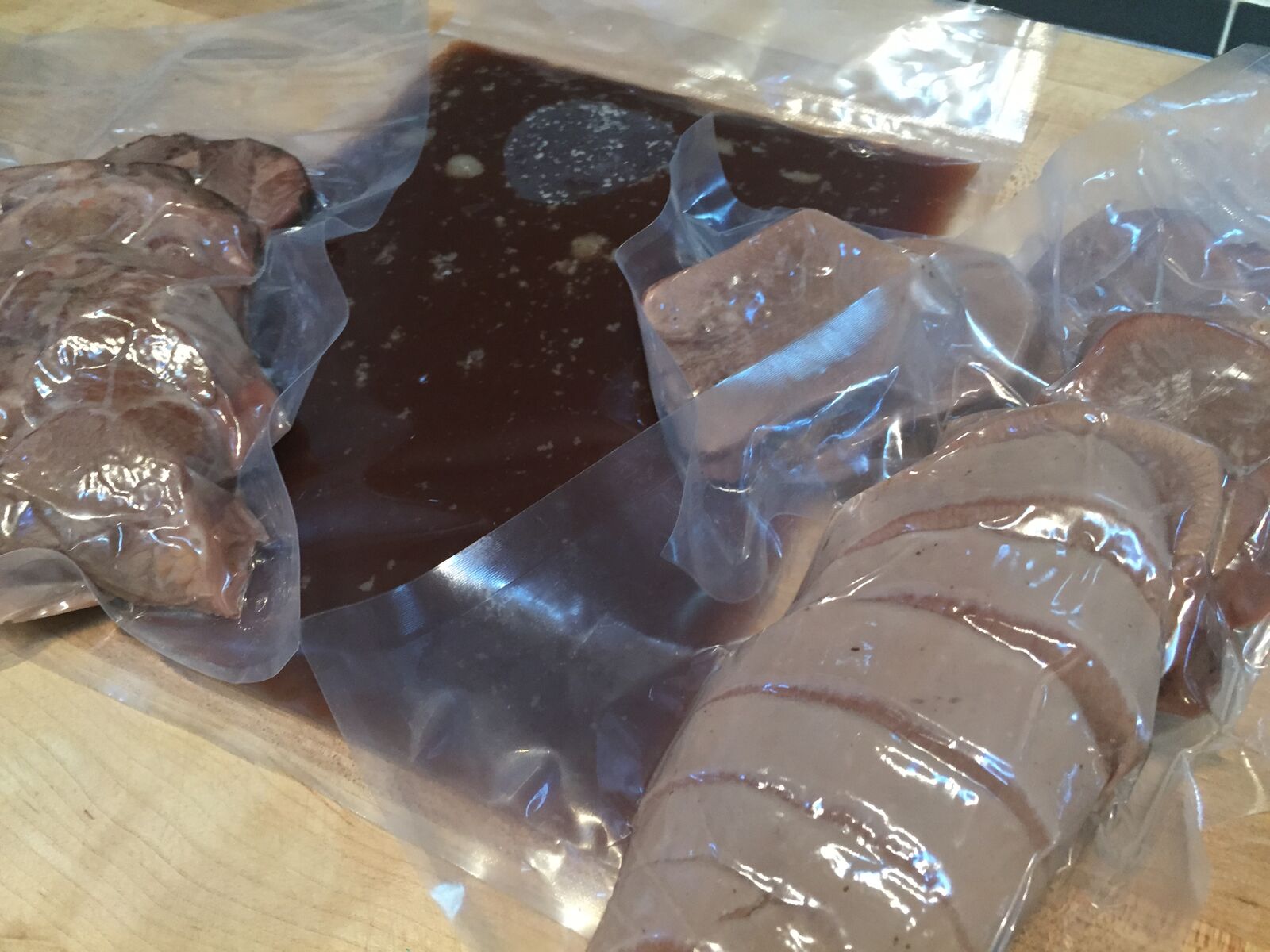How to Sous Vide Beef Tongue
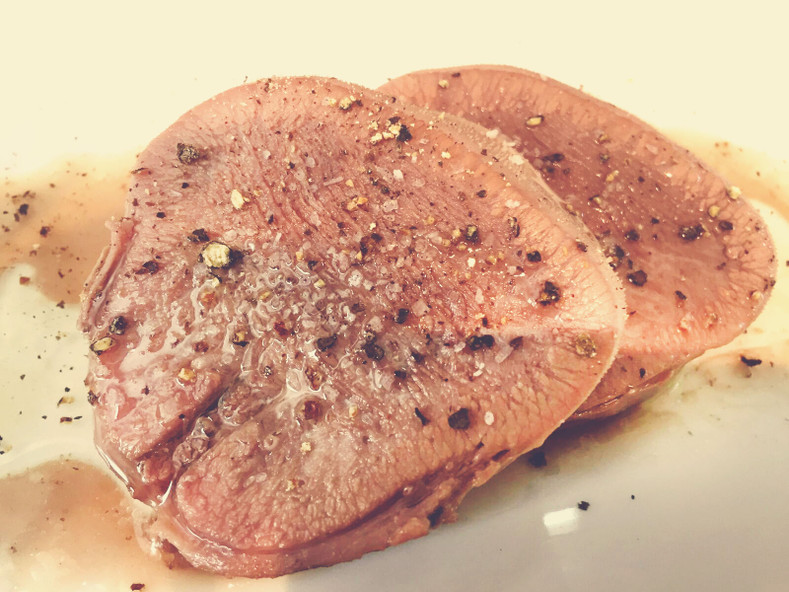
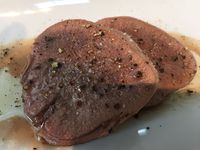
Beef tongue. If you've ever had it, you love it. If you haven't, you are probably more than a tad freaked out by the thought of preparing, let alone eating a tongue!
Ridiculously popular around the world, beef tongue has a harder time in American groceries. That wasn’t the case a few generations ago especially on American farms. That being said it seems beef tongue is enjoying a resurgence with the proliferation of taco trucks. “Tacos de Lengua” are full flavored, tender and delicious. Many hipster farm to table restaurants are also showcasing the cut in assorted dishes, and don’t even get me started on how popular it is in Japan!
Once you, the diner gets over the idea of eating tongue you will be rewarded with tongues nutritious values; it is an excellent source of vitamin B12, good source of B2, B3, and choline, and provides some B5 and B6. It is also an excellent source of zinc, and a good source of iron, phosphorus, and selenium (source). It is also an excellent source of collagen, with 14.6% of the total protein being collagen, which is good for your joints and skin. It's a very rich cut, with about 70% of the calories coming from fat.
Like all meats especially innards it’s important that you only buy from a source you trust, or use meat from animals you've brought down yourself if you are a hunter or farmer. Extremely easy to cook conventionally and uber easy using the SV1, beef tongue can easily become one of your new favorites after you taste just how delicious and melt-in-your-mouth tender it is, if you give it a chance.
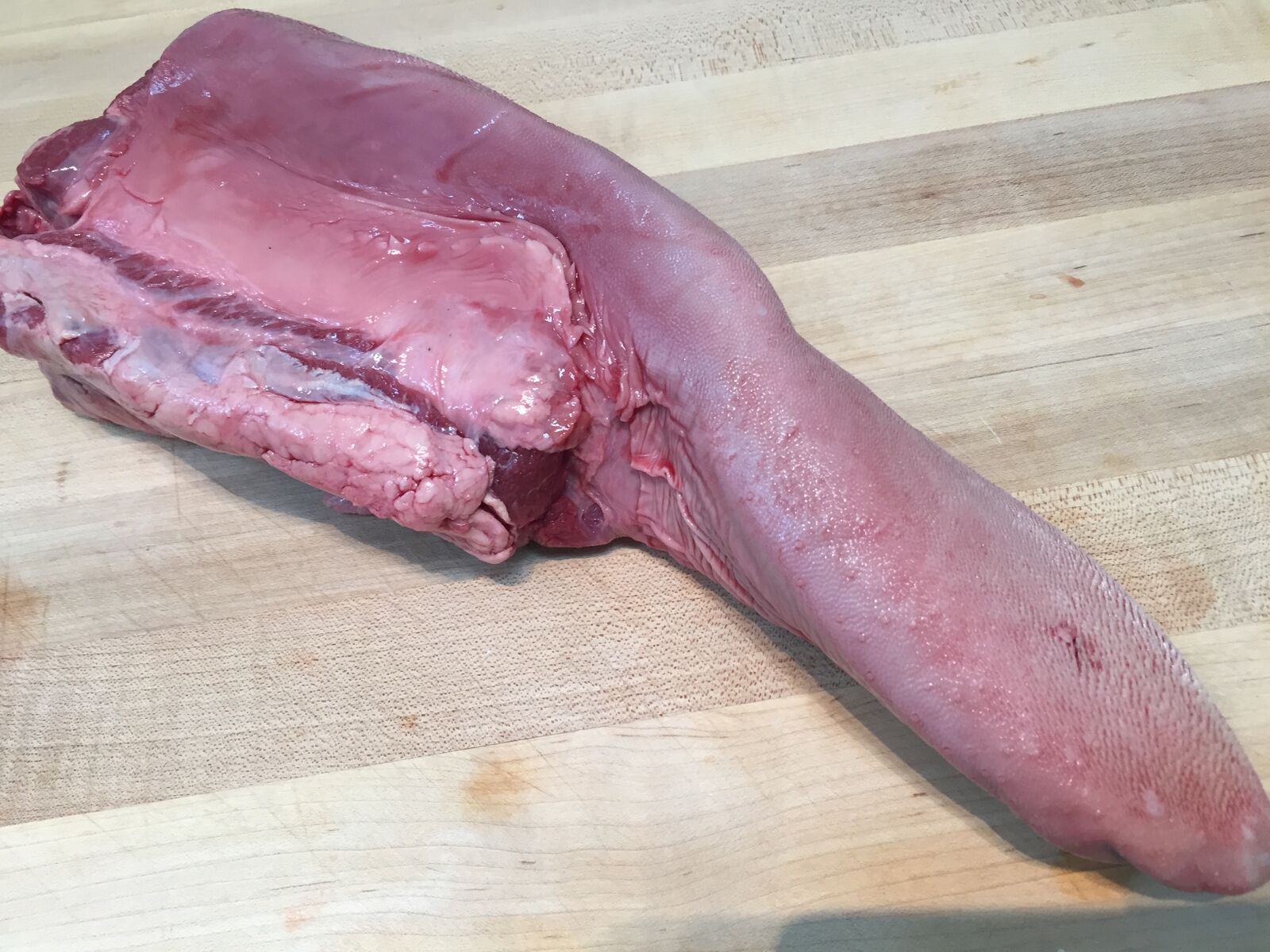
Ingredients:
•1 whole beef tongue, about 2 1/2 pounds
Directions:
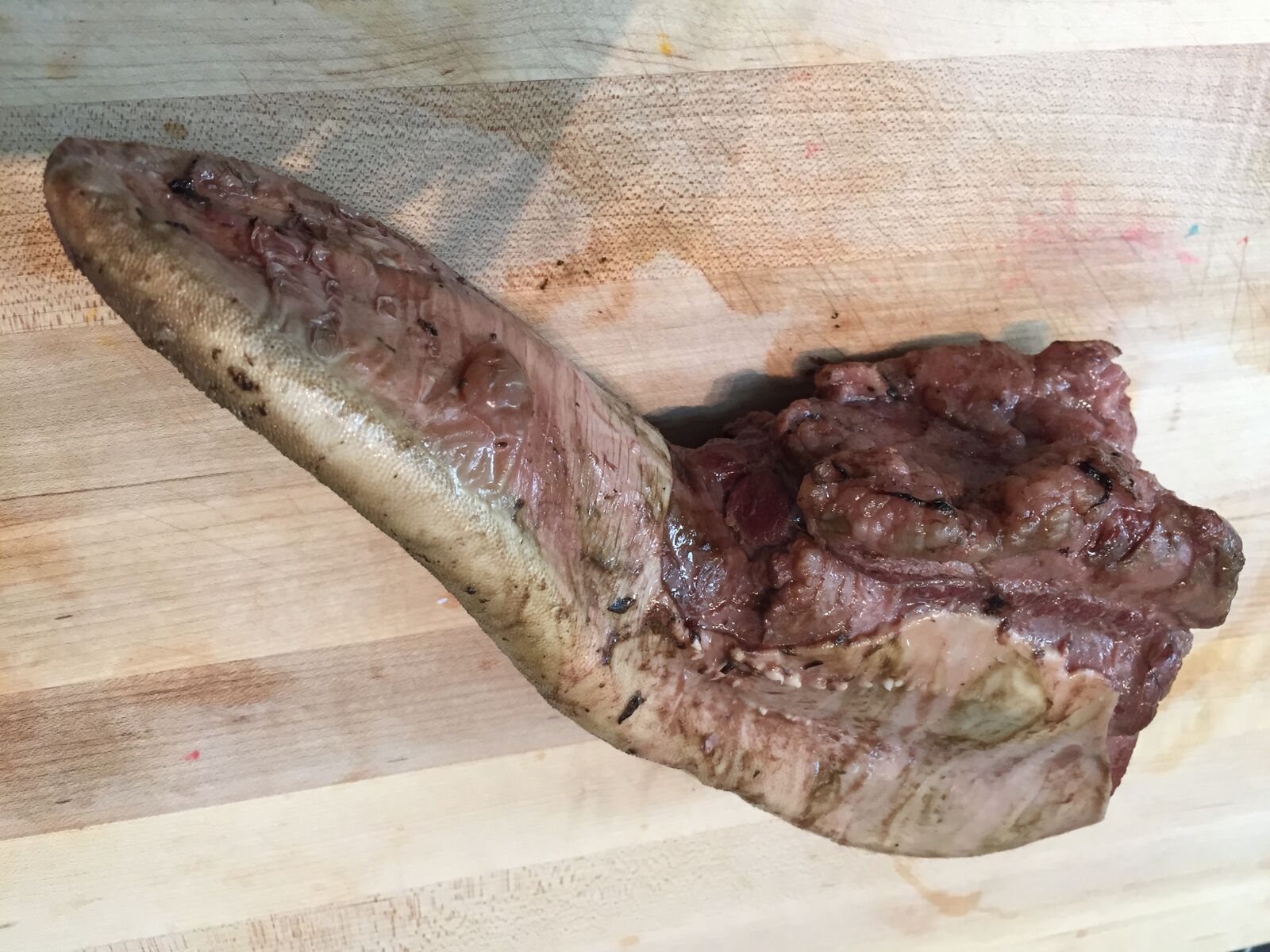
1. Preheat the SV1 to 158ºF/70ºC.
2. Using a VacMaster® Chamber vacuum sealer or VacMaster® suction machine place the tongue in an appropriate sized VacMaster® bag, vacuum and seal.
3. Gently place the bagged tongue in the SV1 sous vide machine and cook for 24 hours.
4. Keep your eye on the water level and be prepared to top off with hot water. Depending on your setup it’s a good idea to cover the water tank of the SV1 with a lid or plastic wrap to slow down evaporation.
5. Open bag carefully and pour out the broth into large wire-mesh strainer set over bowl.
6. Reserve the broth for a sauce or discard.
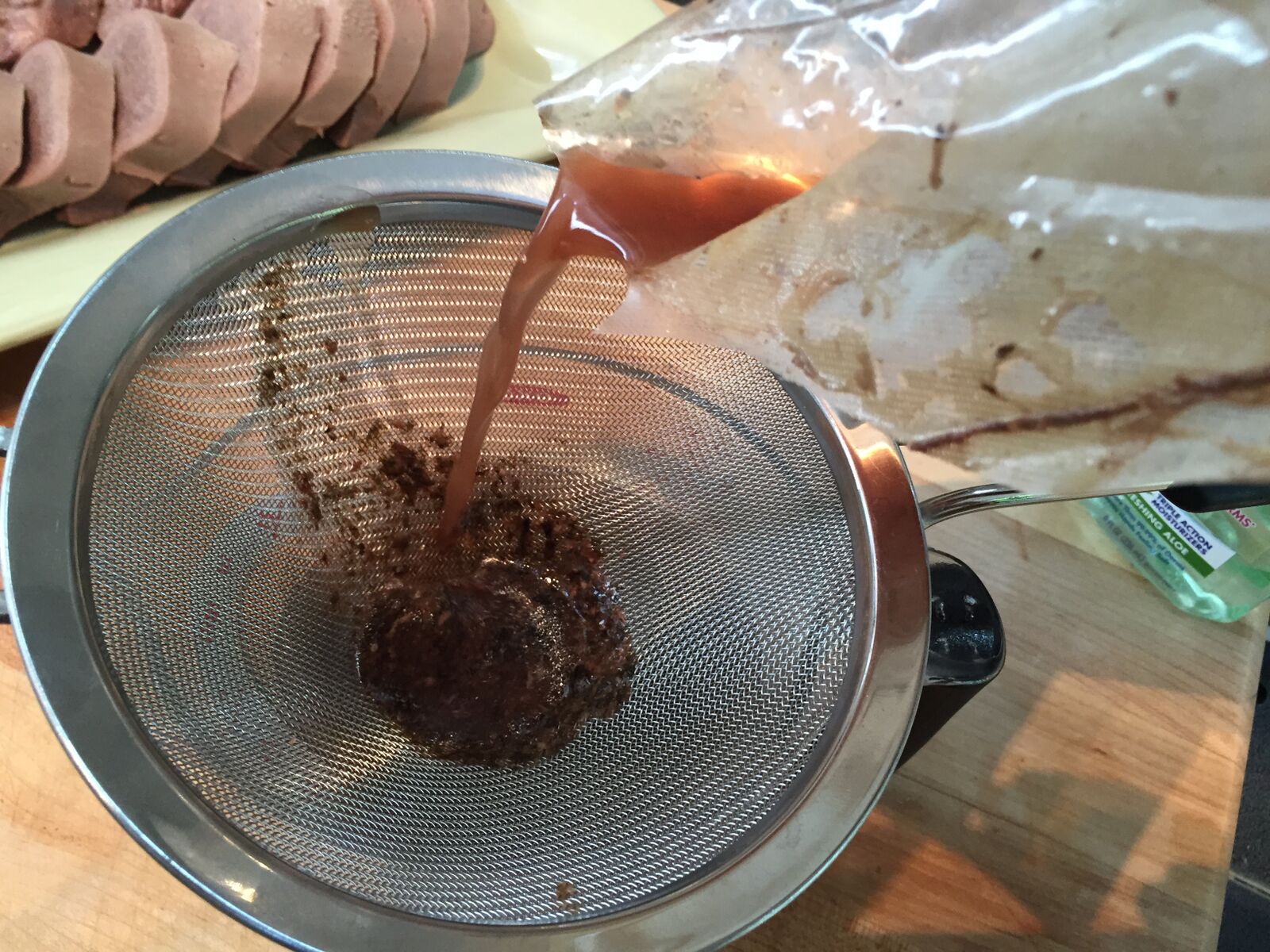
7. Transfer tongue to cutting board and remove the rectangular shaped meat or root at the base of the tongue and reserve.
8. Carefully peel outer membrane off of tongue it should come off quite easily and discard.
9.Slice the root and the tongue and use as needed.
10. Bag and store the rest!
